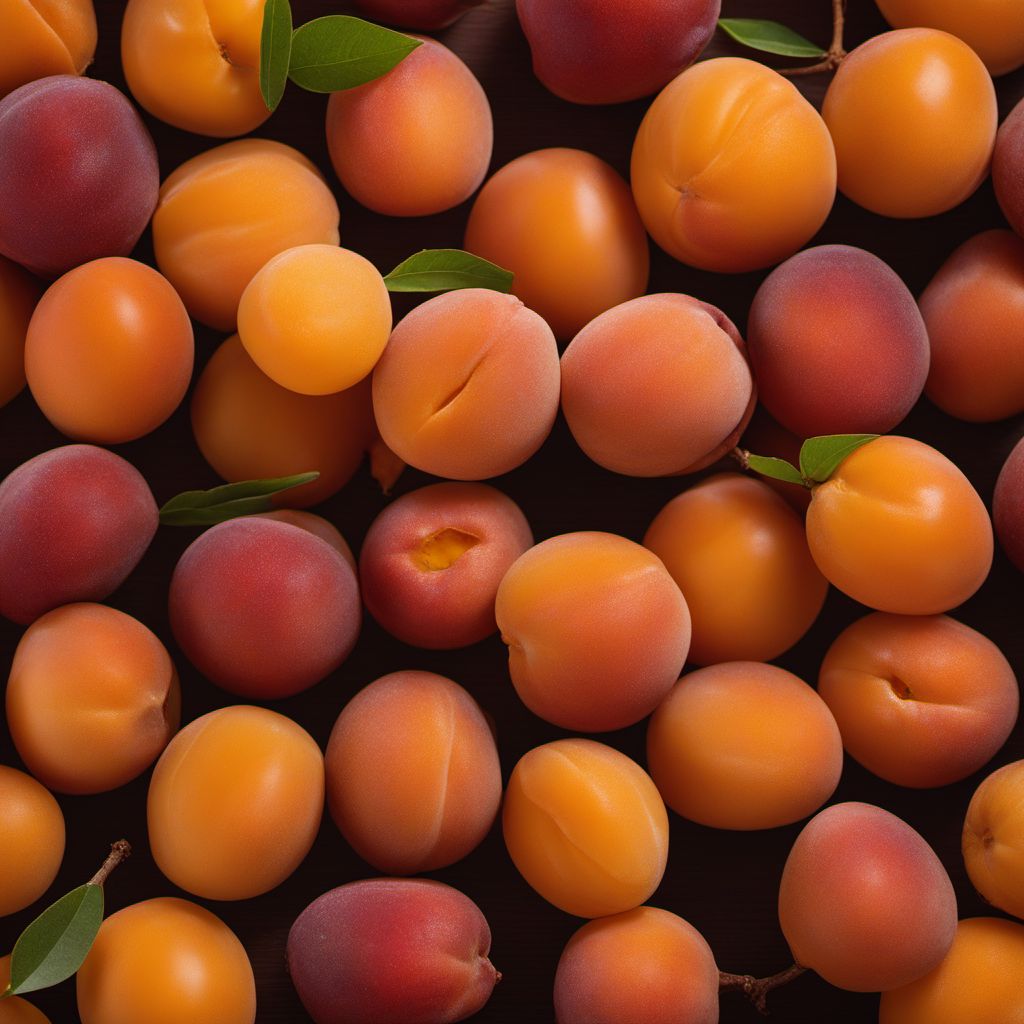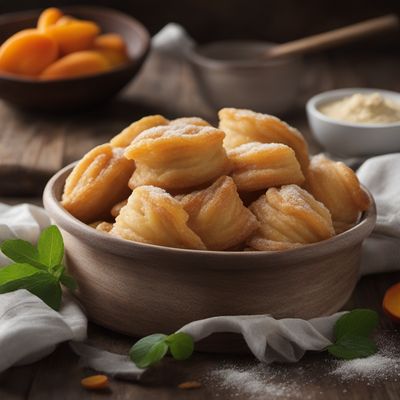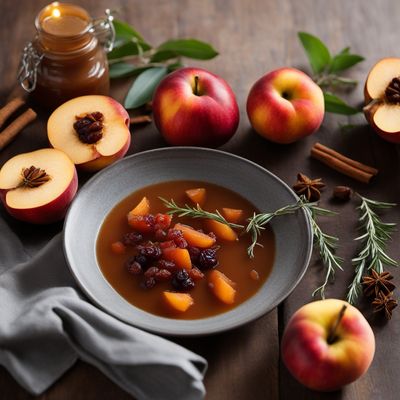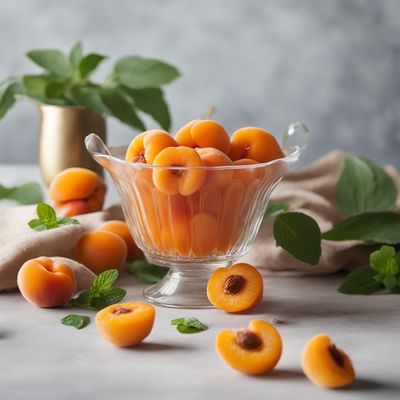
Ingredient
Apricots
The Golden Gem
Apricots are small, round fruits with a velvety skin and a juicy flesh. They have a delicate balance of sweetness and tartness, with a subtle floral aroma. The flesh is soft and slightly fibrous, while the skin is smooth and can range in color from pale yellow to deep orange. Apricots are enjoyed fresh, dried, or used in a variety of culinary preparations.
Origins and history
Apricots are believed to have originated in China over 4,000 years ago and were later introduced to other parts of Asia, Europe, and the Americas. They have been cultivated for centuries and have a rich history in various cultures. In ancient times, apricots were highly prized for their medicinal properties and were often used in traditional remedies. Today, they are grown in many regions around the world, with major producers including Turkey, Iran, and the United States.
Nutritional information
Apricots are a good source of vitamins A and C, fiber, and antioxidants. They are also low in calories and fat, making them a healthy addition to a balanced diet. The dried version of apricots, known as dried apricots, are higher in sugar and calories due to the removal of water during the drying process.
Allergens
May cause allergic reactions in individuals with sensitivities to stone fruits.
How to select
When selecting fresh apricots, look for fruits that are plump, firm, and have a vibrant color. Avoid apricots that are overly soft or have blemishes or bruises. The skin should be smooth and free from wrinkles. Smell the apricots to ensure they have a sweet aroma, indicating ripeness. Dried apricots should be soft and slightly chewy, without any signs of mold or excessive dryness.
Storage recommendations
To keep fresh apricots at their best, store them in the refrigerator in a paper bag or a loosely closed plastic bag. This will help retain their moisture and prevent them from becoming overly ripe. Dried apricots should be stored in an airtight container in a cool, dry place.
How to produce
Apricot trees can be grown in home gardens or orchards, provided they have well-drained soil and receive full sun. They require a certain number of chill hours during the winter to produce fruit. Pruning and proper care are essential for optimal growth and fruit production.
Preparation tips
Apricots can be enjoyed fresh as a snack, added to salads, or used in both sweet and savory dishes. They are commonly used in desserts such as pies, tarts, and cobblers, where their natural sweetness and vibrant color shine. Apricots can also be cooked down into jams, preserves, and sauces, or dried and used in trail mixes, granola bars, and baked goods.
Substitutions
Peaches, nectarines, and plums can be used as substitutes for apricots in recipes. However, keep in mind that the flavor and texture may vary slightly.
Culinary uses
Apricots are widely used in Middle Eastern, Mediterranean, and Asian cuisines. They are a staple ingredient in dishes such as tagines, couscous, and baklava. Apricots are also commonly found in Western-style desserts and pastries.
Availability
Apricots are cultivated in many regions around the world, including Turkey, Iran, the United States, and various countries in Europe and Asia.
More ingredients from this category
Recipes using Apricots » Browse all

Serbian Apricot Jam
Sunshine in a Jar: Serbian Apricot Delight

Grenadian Apricot Jam
Tropical Delight Apricot Jam

Shanghai-style Apricot Cake
Tangy Apricot Delight: A Shanghai Twist on a Classic Cake

Cornish Apricot Dumplings
Sunshine-filled Apricot Delights

Nagoya-style Apricot Cake
Umami-infused Apricot Delight

Apricot Cake
Sunshine Delight: Apricot Cake

Beijing-style Spicy Fruit Relish
Fiery Fruit Fusion: Beijing's Spicy Mostarda

Alpine-inspired Spiced Fruit Chutney
Mountain Spice Fusion: Alpine-inspired Spiced Fruit Chutney

Flódni - Hungarian Layered Pastry
Heavenly Layers: A Delightful Hungarian Flódni Recipe

Marillenfleck - Austrian Apricot Cake
Apricot Delight: A Sweet Slice of Austrian Tradition

Carmarthenshire Apricot Dumplings
Welsh Twist on Austrian Apricot Dumplings

Tuscan-style Apricots with Cream
Sun-kissed Delights: Tuscan Apricots with Cream
